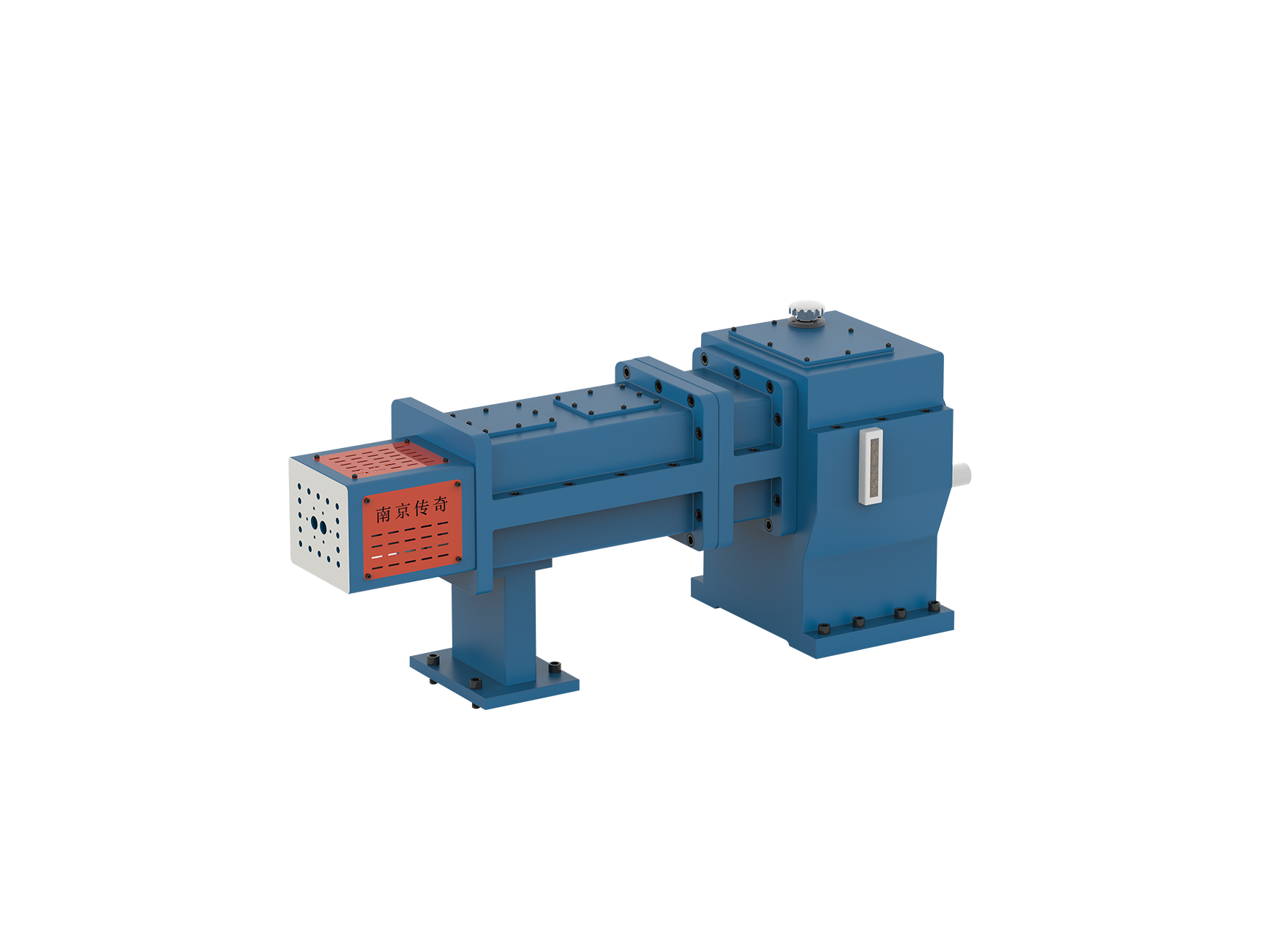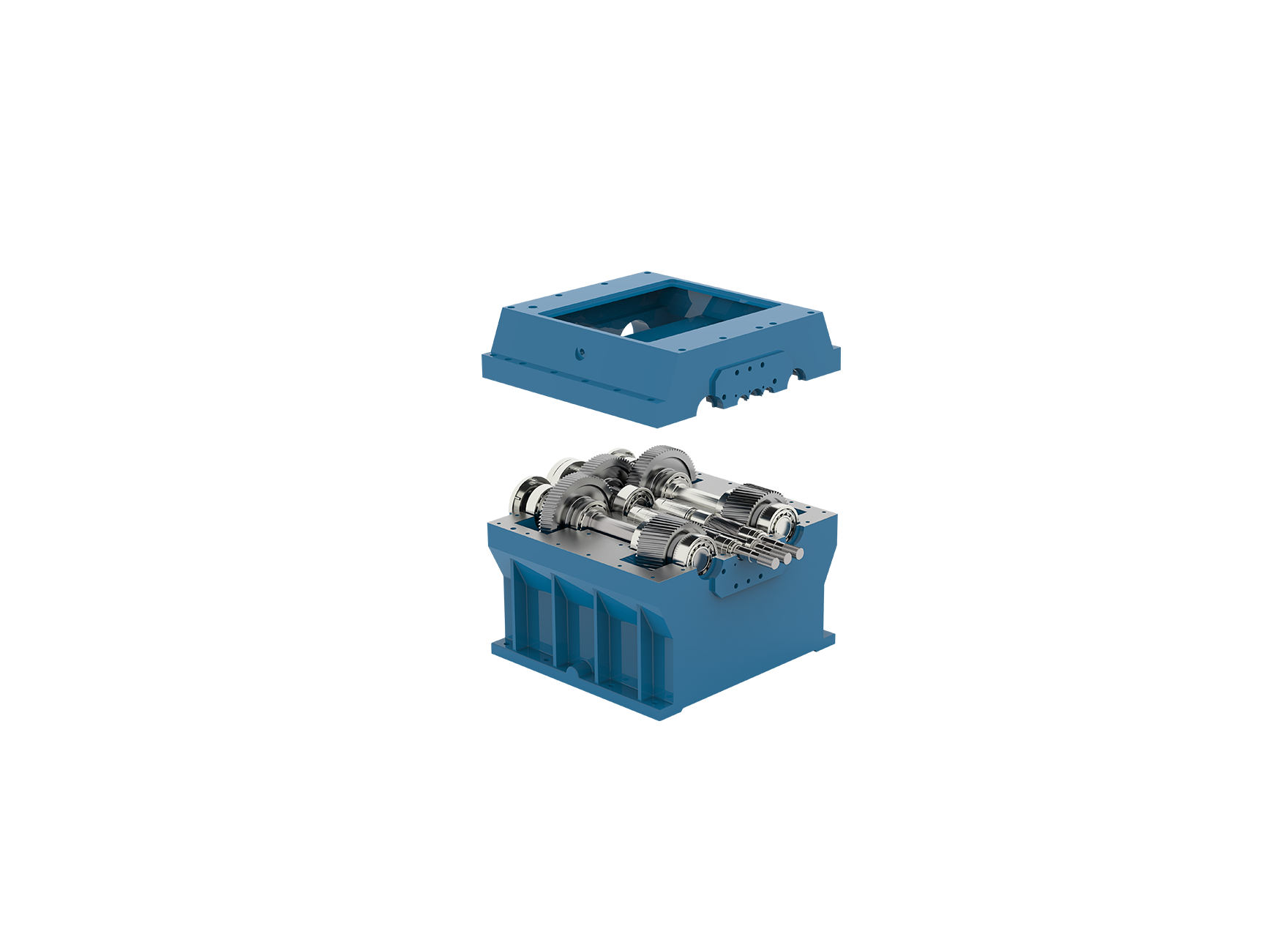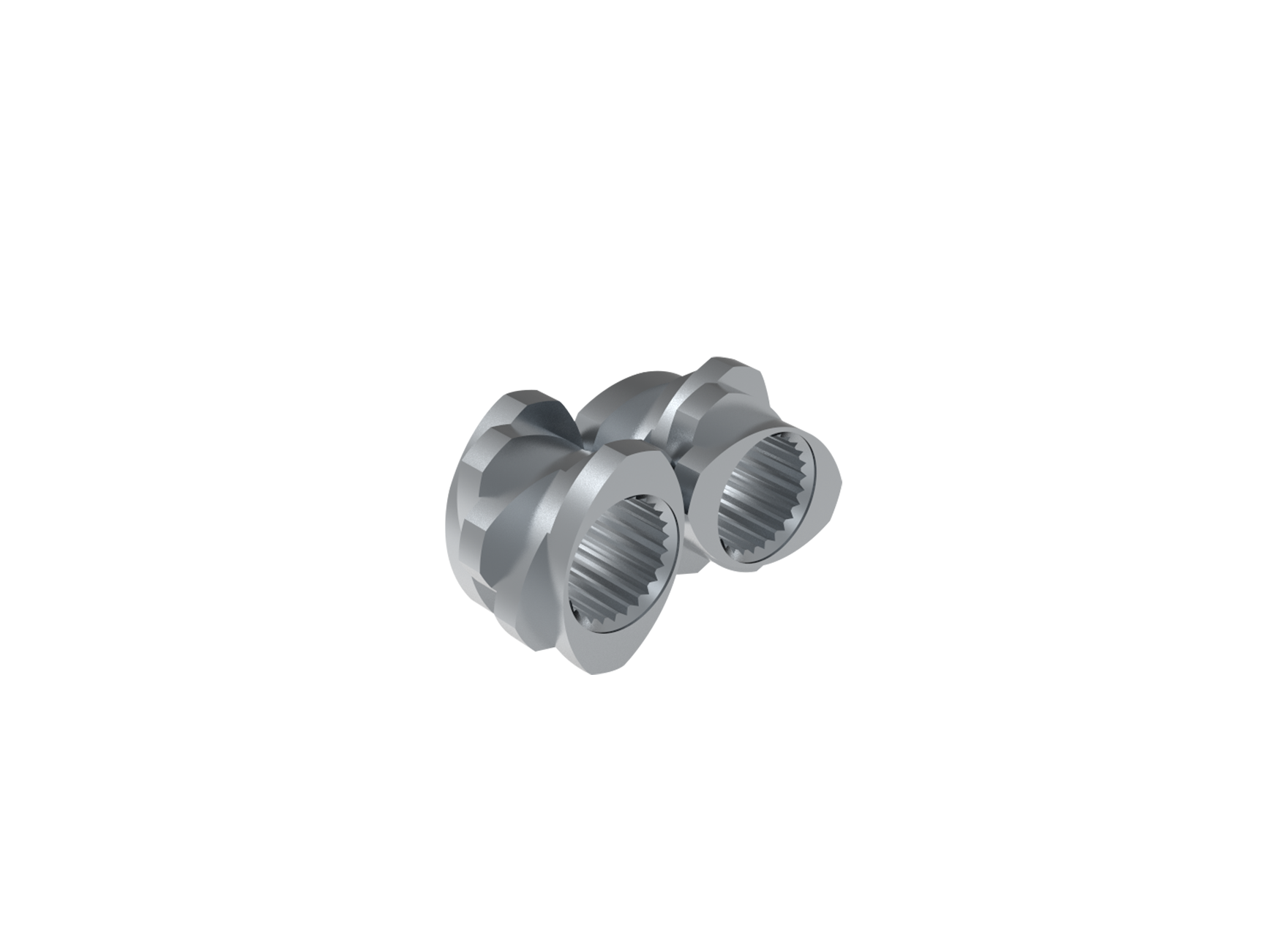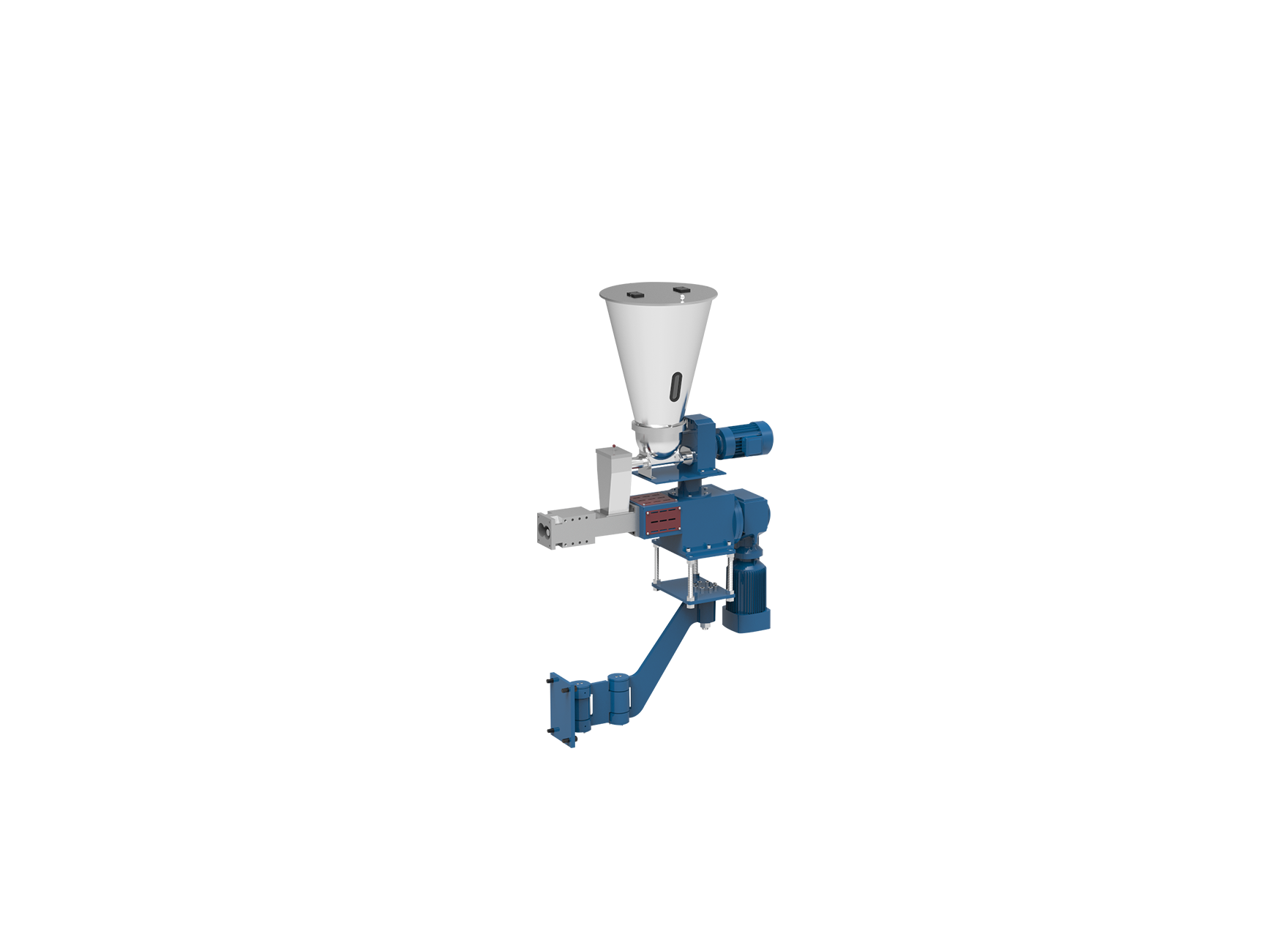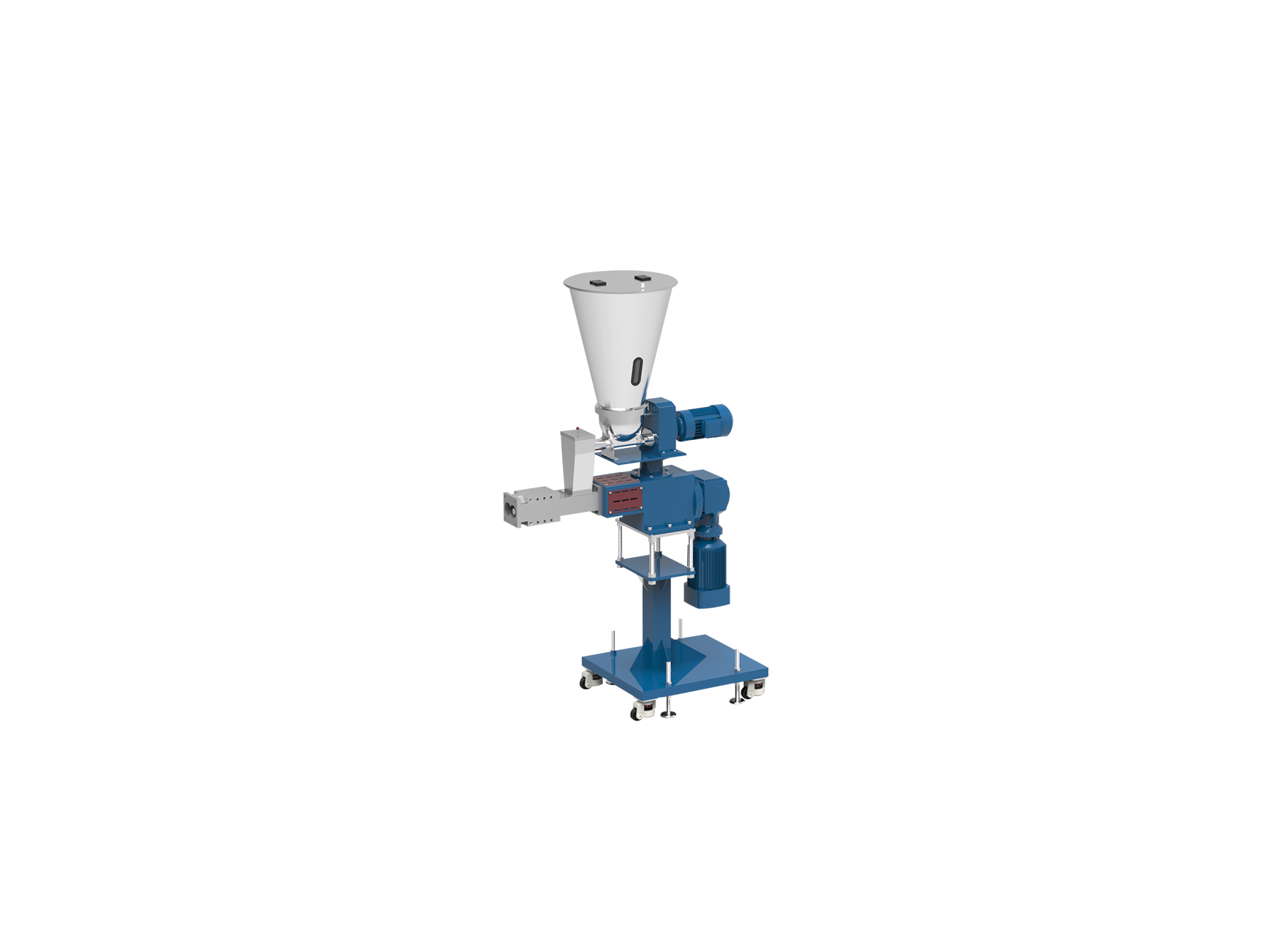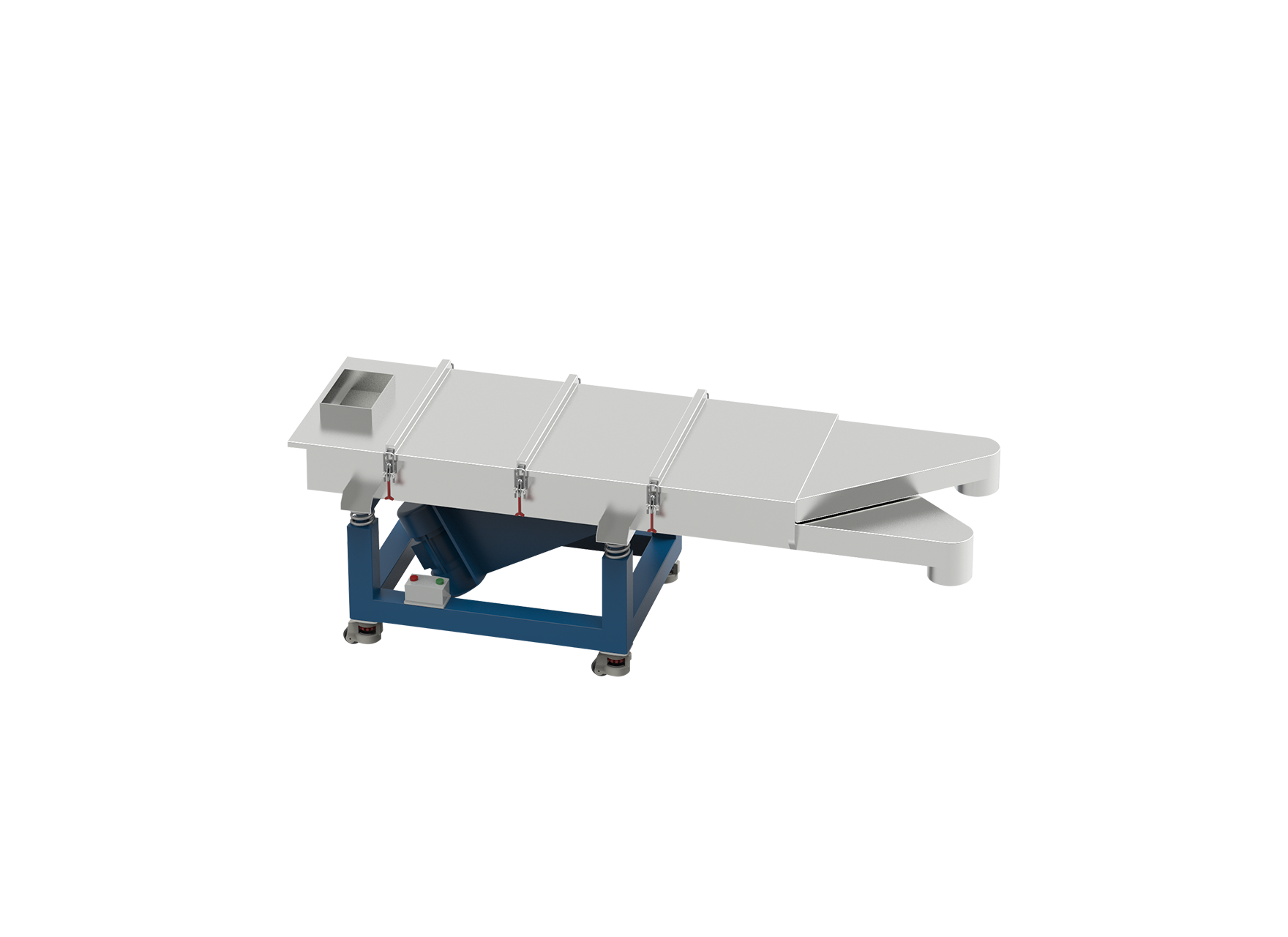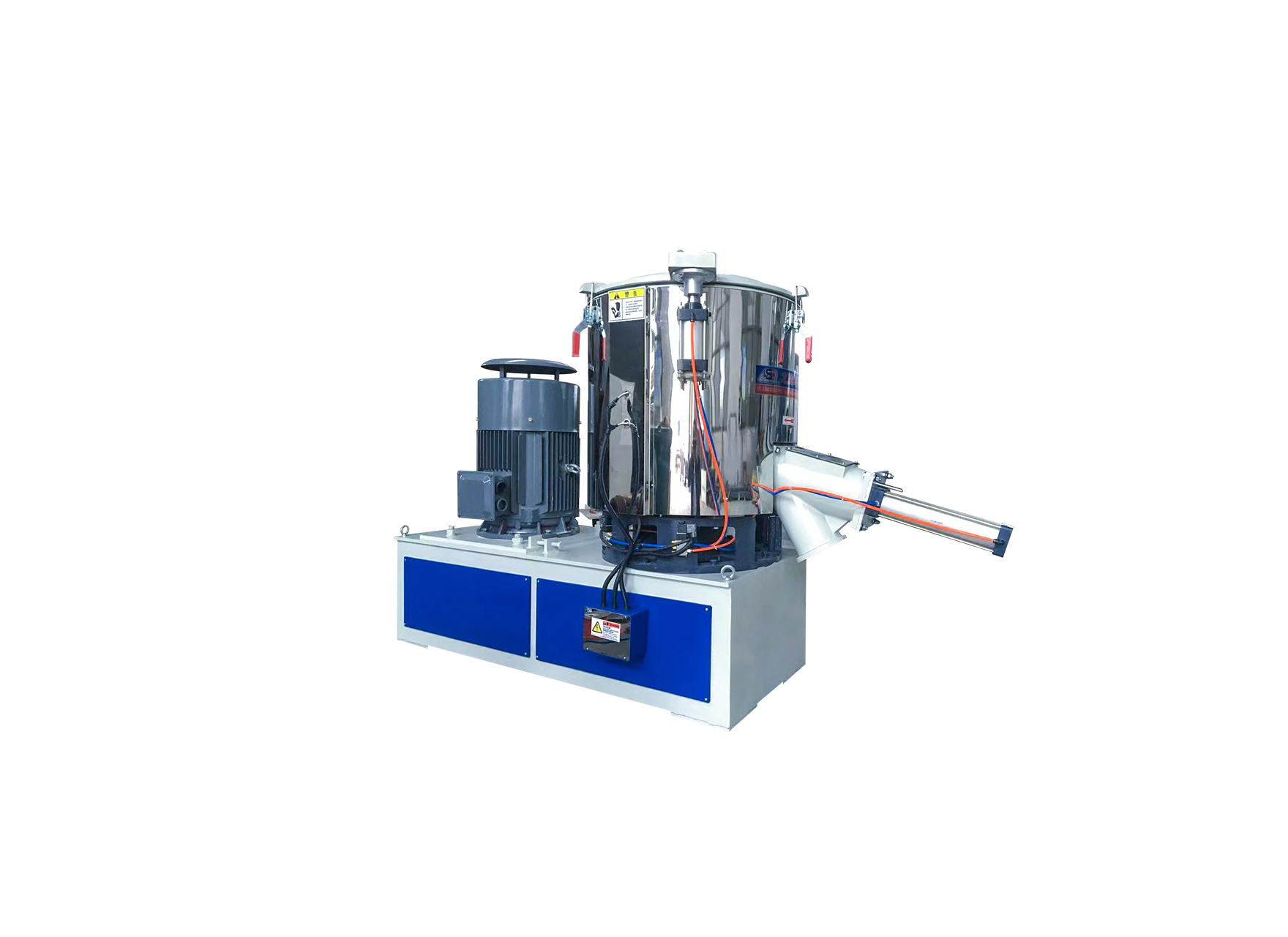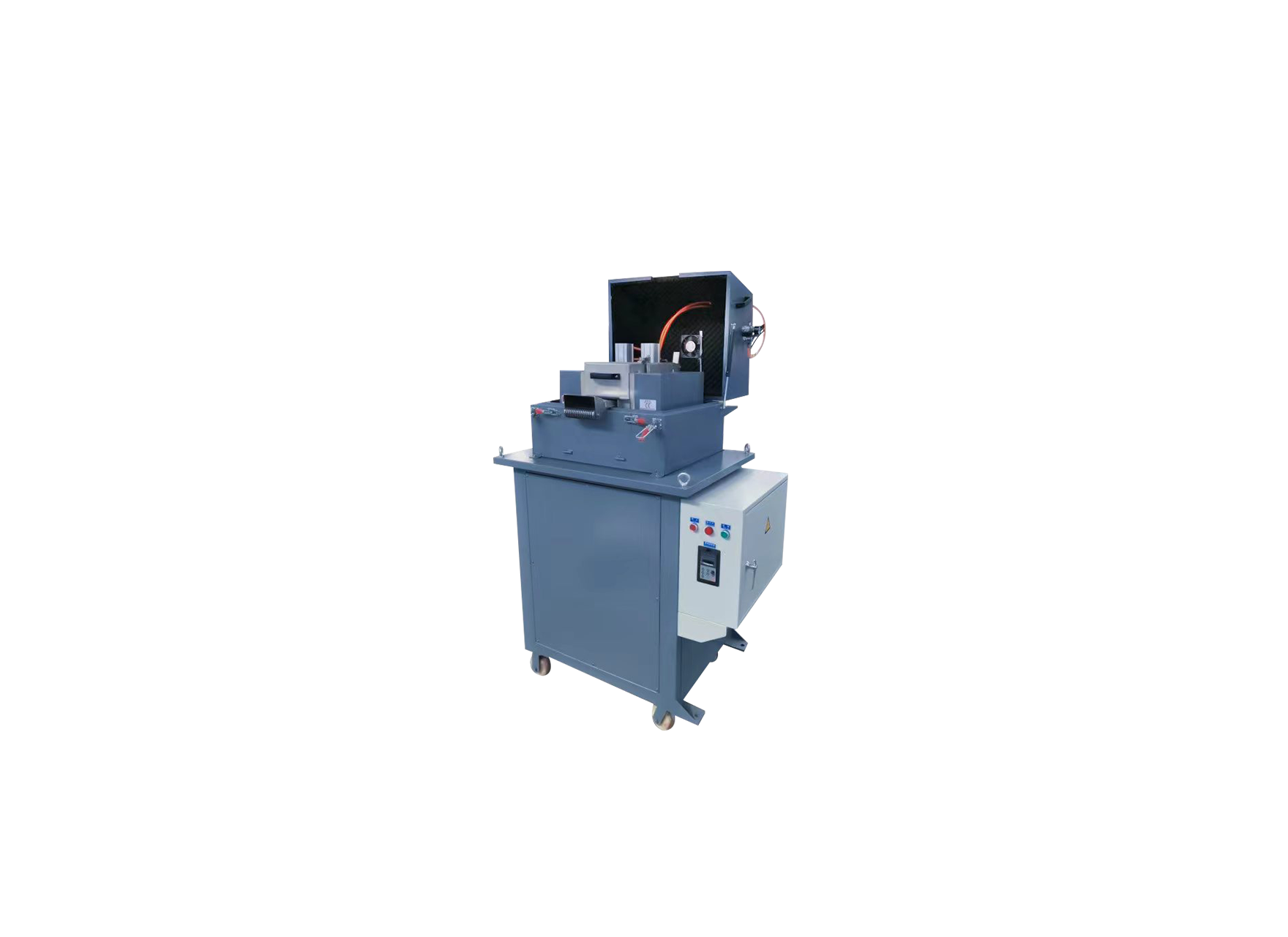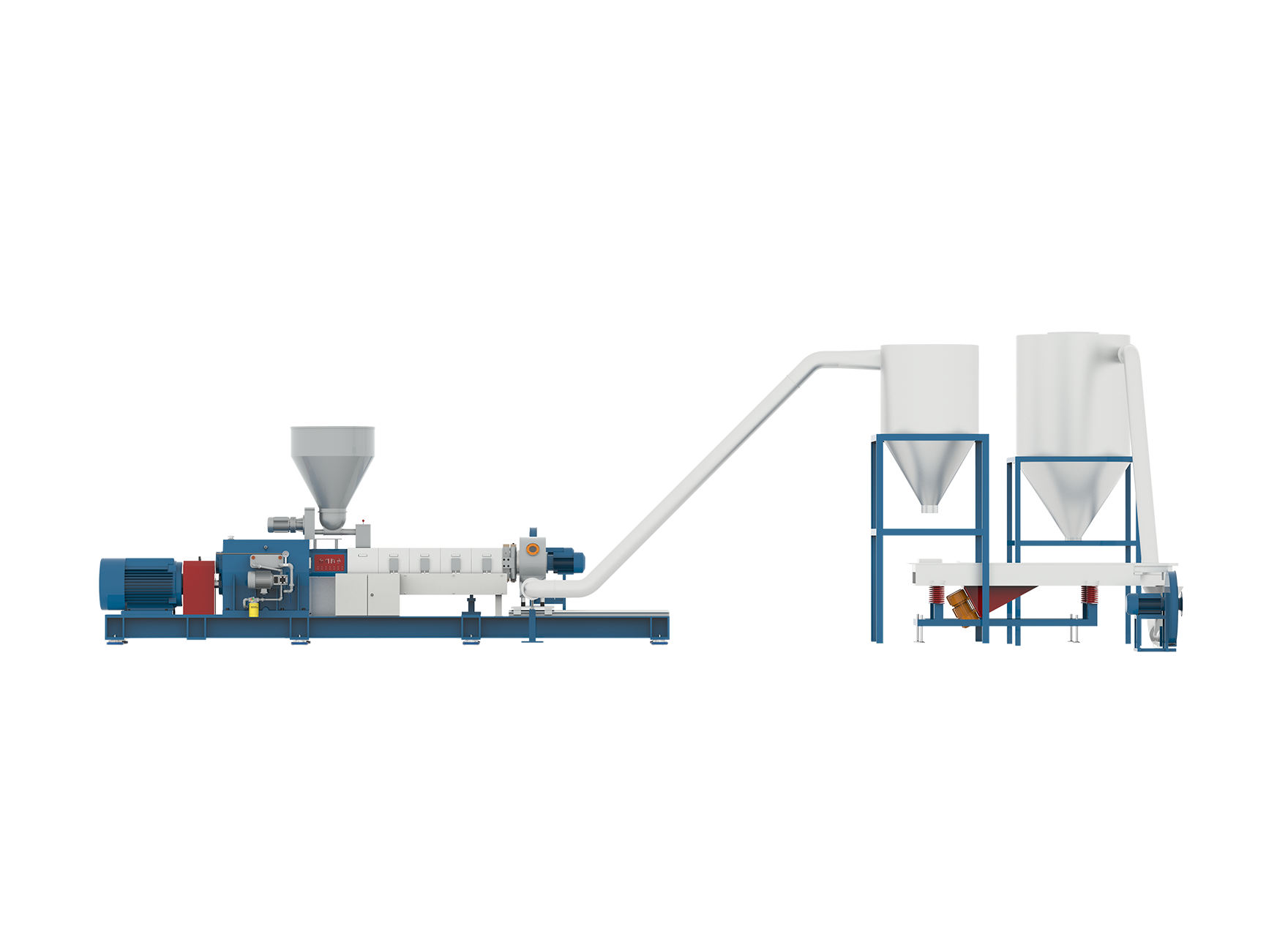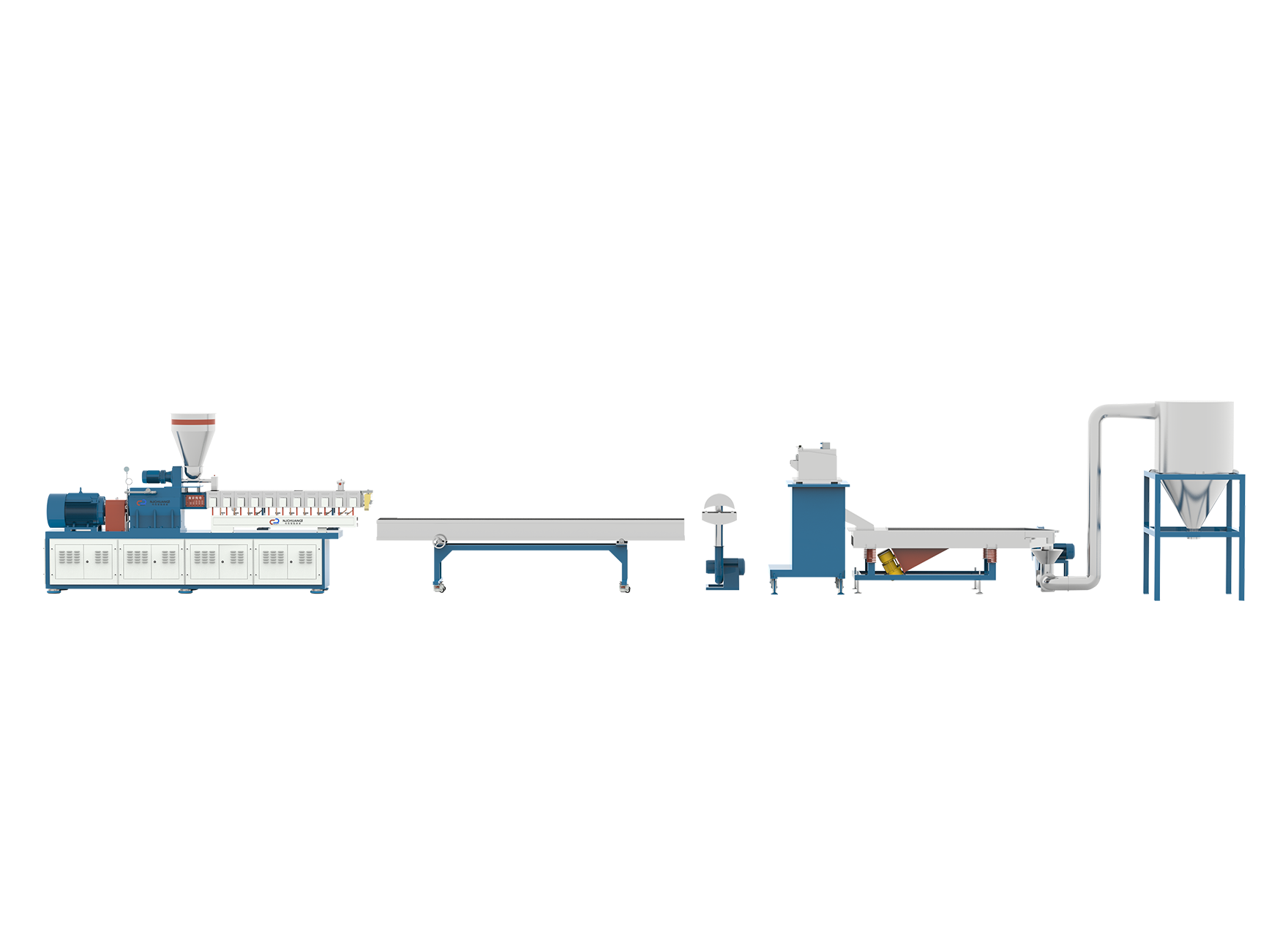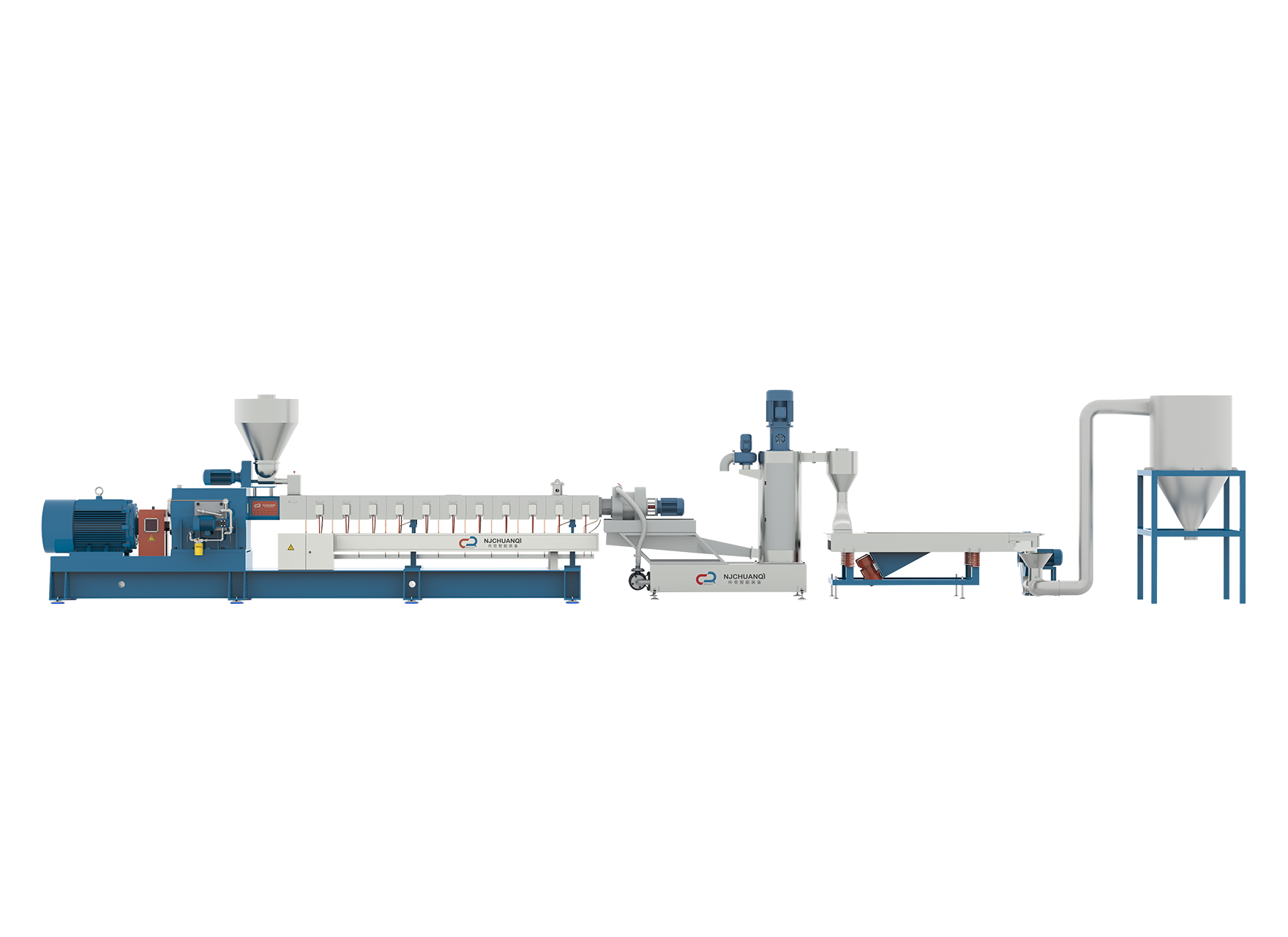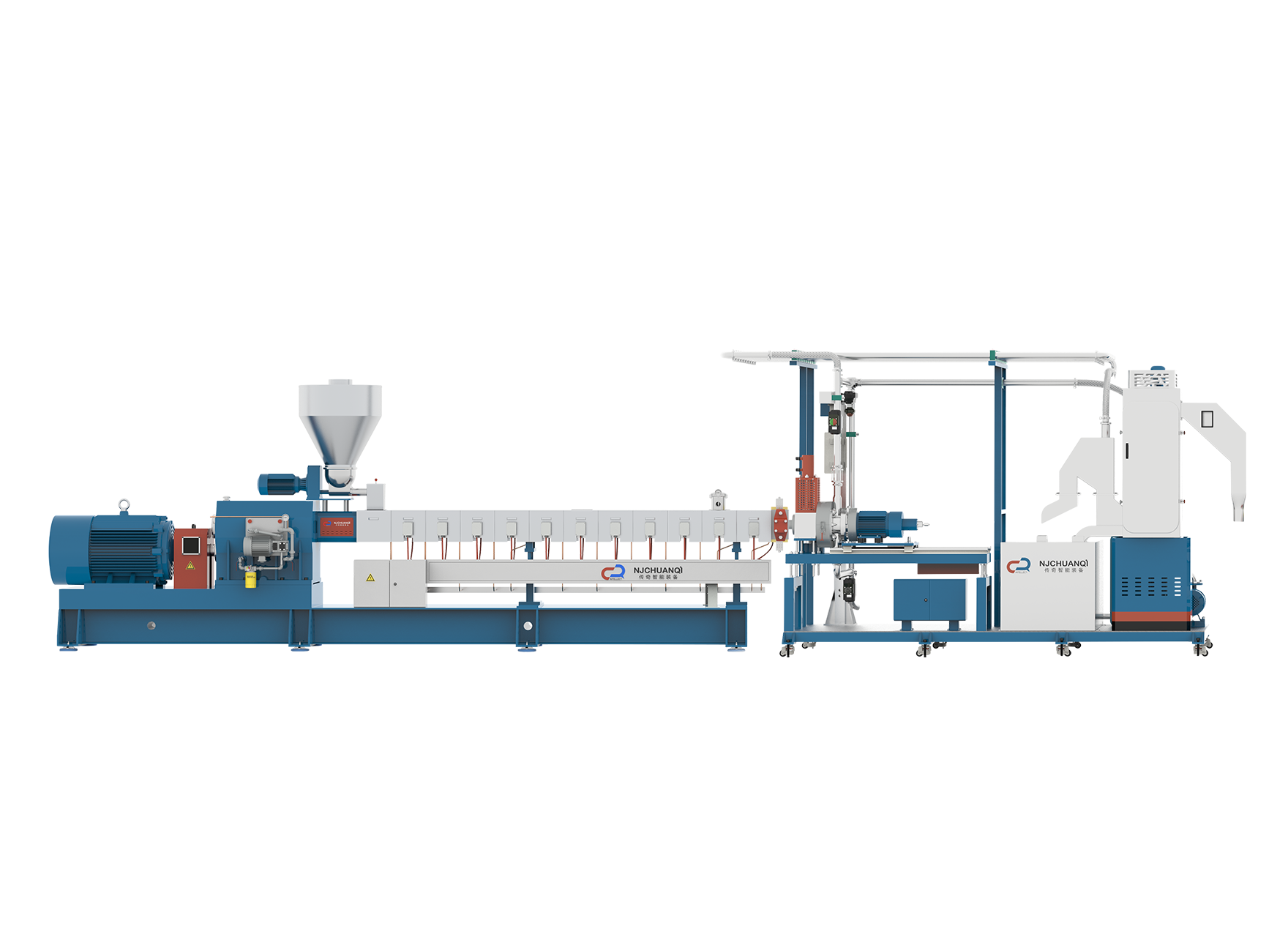In the operation of a Small Plastic Extruder, temperature control is one of the critical factors influencing product quality, process consistency, and overall machine performance. Given the narrow temperature windows required for effective plastic processing, especially in smaller-scale systems, the accuracy and stability of the temperature control system can make a significant difference in outcomes. This article explores how well these systems perform in small extruders, what technologies are used, and the variables that affect their reliability.
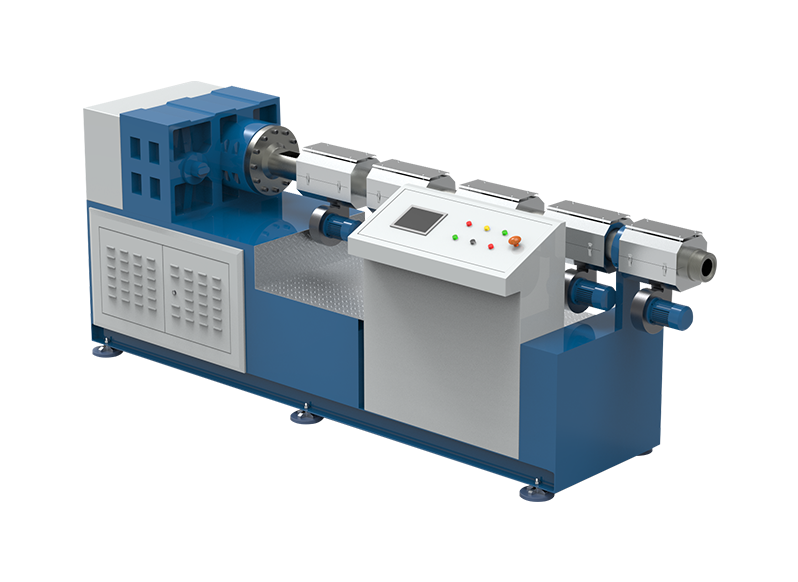
The Role of Temperature Control in Plastic Extrusion
Temperature control in plastic extrusion determines how uniformly the plastic resin melts and flows through the barrel, screw, and die. In a Small Plastic Extruder, the heater bands or cartridges, coupled with thermocouples and control units, work together to maintain the desired process temperature. These components must work with high precision, as even small temperature fluctuations can cause incomplete melting, thermal degradation, inconsistent flow, or dimensional inaccuracies in the final product. Because small extruders often process smaller batches or specialty materials, the margin for error is reduced, making temperature precision especially important.
Technological Features That Enhance Accuracy
Modern Small Plastic Extruders are increasingly equipped with digital PID (Proportional-Integral-Derivative) controllers, which offer fine-tuned temperature regulation. These systems continuously monitor feedback from embedded thermocouples and adjust power to the heating elements accordingly. PID controllers reduce temperature overshoot and maintain stable conditions even during startup or material changes. In some advanced models, multiple heating zones are used along the barrel to allow for targeted control, improving uniformity of melt temperature throughout the extrusion process. This segmented approach not only ensures better temperature accuracy but also increases the adaptability of the machine to different materials.
Challenges in Maintaining Stable Temperatures
Despite technological advancements, several factors can still affect temperature control stability in a Small Plastic Extruder. Heat loss due to poor insulation, inconsistent voltage supply, or degraded heating elements can result in uneven heating. Additionally, frequent start-stop operations common in lab or small-scale production environments can cause thermal cycling, which may introduce fluctuations if the control system is not responsive enough. In compact machines, limited space can also constrain the placement of heating zones and sensors, which may impact temperature sensing accuracy. These challenges highlight the need for well-designed components and regular maintenance to ensure suitable performance.
User Practices and Environmental Factors
Operator handling and the surrounding environment also influence the effectiveness of the temperature control system. For instance, exposure to drafts or ambient temperature swings can cause localized heat loss from the machine’s surface. Improper calibration or misplacement of thermocouples can yield inaccurate readings, causing suboptimal control responses. Skilled operators often follow practices such as preheating the machine, avoiding abrupt shutdowns, and regularly inspecting the heating components to maintain consistent extrusion conditions. Proper training and adherence to manufacturer guidelines can greatly enhance the precision and reliability of the temperature control system.
Conclusion: The Balance Between Design and Operation
In conclusion, the temperature control systems in modern Small Plastic Extruders are generally precise and stable, especially when equipped with digital PID controllers, quality thermocouples, and effective insulation. However, the ultimate performance depends not only on the built-in technology but also on environmental conditions, operator handling, and maintenance routines. When all these factors align, a Small Plastic Extruder can deliver highly consistent processing temperatures, ensuring quality output for both research and small-scale production applications.

 English
English 中文简体
中文简体 русский
русский عربى
عربى +86-189 1339 2785
+86-189 1339 2785
